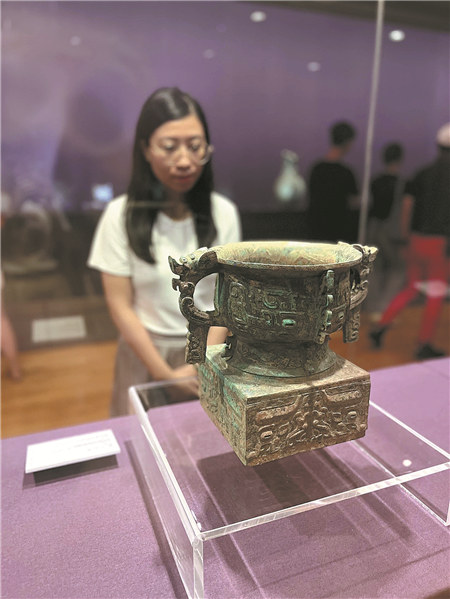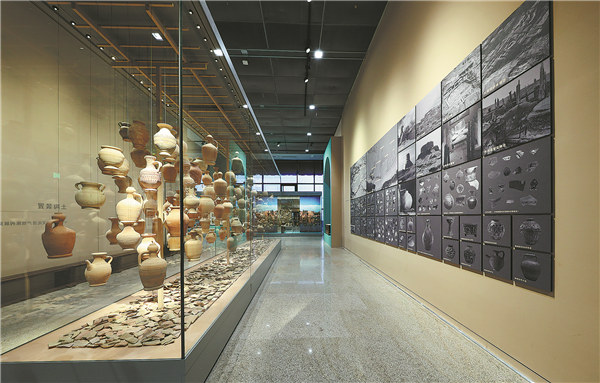

Shimmers of bronze
Around 19th century BC, China entered an age in which bronze ware played a significant role in the material and spiritual lives of society. This era lasted for about 15 centuries. It witnessed a variety of elaborately patterned bronze vessels and apparatuses being produced, of which the shapes, inscriptions and pictorial motifs embodied the clues of the early stages of Chinese civilization.
Home to a collection of such fine, well-preserved bronzes, the National Museum of China is touring Macao with selected samples, titled The Splendor of Chinese Bronzes, through November at the Macao Museum of Art.
The objects on show, used for ceremonial purposes, banquets and wars, display beautiful silhouettes, the imaginative power behind vibrant decorative patterns and well-developed smelting and sculpting techniques of the time. It shows how these elements related to the political and social systems.
10 am-7 pm, closed on Mondays. Avenue Xian Xing Hai, Macao Special Administration Region. 853-8791-9814.

Xinjiang pottery
The formation of trade routes along the ancient Silk Road motivated cultural exchanges in the Xinjiang Uygur autonomous region, which once provided well-navigated paths for traders from the East and the West. The booming communication at the crossroads of different cultures inspired pottery production in the region, a tradition passed down to this day.
The Chinese Traditional Culture Museum is looking back at the evolution of pottery making in Xinjiang with an exhibition that gathers images, videos and potteries made by inheritors of the technique. The simple silhouettes of the objects and primitive beauty of the patterns depicting flowers, plants, and animals together reenact the booming scenarios of the Silk Road centuries back. The exhibition runs until Nov 24.
9 am-5 pm, closed on Mondays. 16 Hujing East Road, Chaoyang district, Beijing. 010-8799-1766/1866.